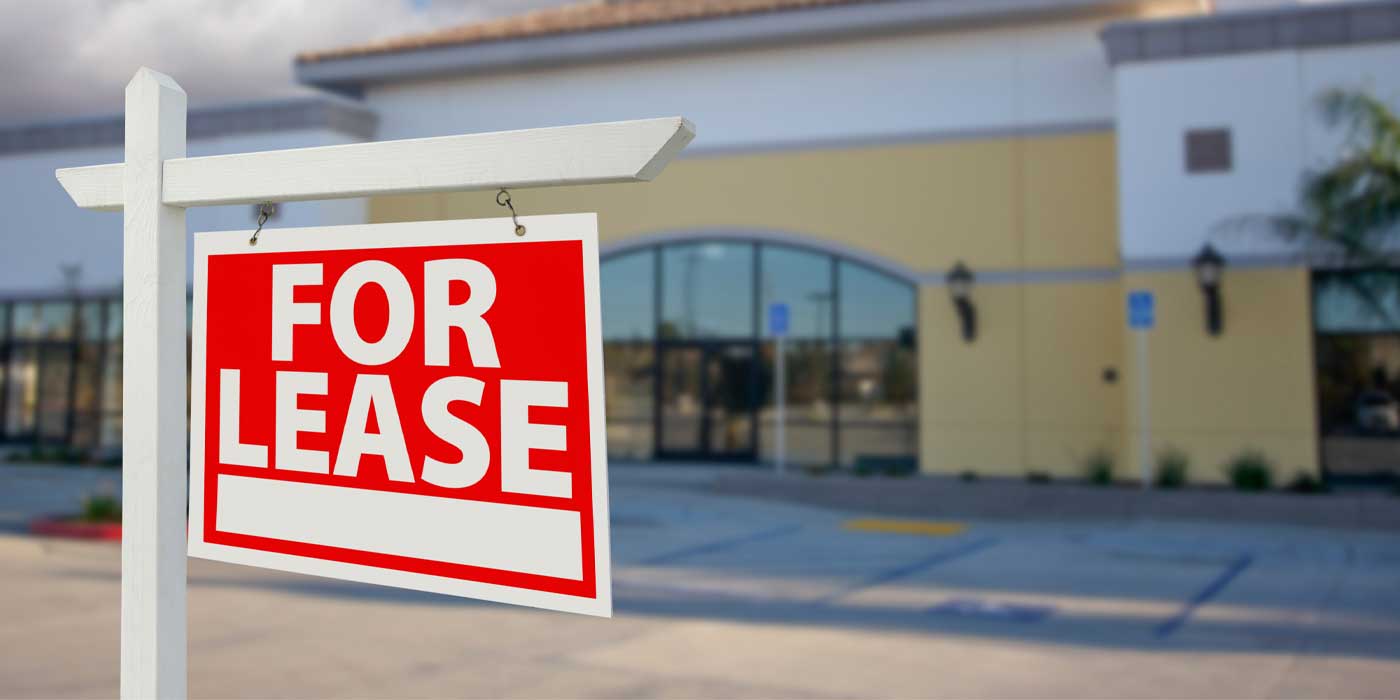That is a headline I did not think I would be writing, but here we are. Against the backdrop of massive human suffering brought on by the coronavirus, the plight of our industry may seem insignificant, but for owners, operators and employees, it is all too real. Our NAICS code has allowed many chains to stay open during shelter-in-place orders, but the reality is that for now, most businesses are struggling.
Operators I have spoken with are undertaking precautions, such as closing vacuums or at least closing every other one to allow for six-foot distancing, limiting face-to-face exposure between employees and customers, eliminating full service washes, making an express wash virtually touch-free by having customers choose their washes through their smartphones, and constantly cleaning and disinfecting pay stations and vacuum stations. The world has changed, and most operators have done a great job of changing with it.
Related: Wash Talk Ep. 15: FAQs about Coronavirus and Carwashing
The Paycheck Protection Program (PPP) sponsored by the government has been exceptionally helpful to the owners who were quick enough, sophisticated enough and had a strong enough relationship with their local bankers to take advantage of it. Many banks are allowing interest-only payments to ease cash burdens. All that helps, but it does not change the fact that business is down, dramatically in most cases.
The changing landscape
The express exterior model is the darling of professional investors, for many great reasons. It’s quick to get to profitability, it requires few employees, it can be quickly replicated, the variable cost of a wash is extremely low, and it is extremely profitable once fixed costs are covered. Monthly memberships alone in many cases bring a site to profitability.
Of course, all those things look very different in a downturn. Monthly
memberships are easy to cancel, and as unemployment continues to climb, we have seen that. Additionally, the fixed-cost nature of the business makes it difficult to cut enough costs to respond quickly to a negative event. On a good month, the second half of the customers are all profit. When you cut the number of customers in half, profit goes away.
Turning to the merger and acquisition (M&A) landscape, the biggest issues we face are the availability of capital at reasonable rates and the disconnect between buyers with short memories and sellers who remember how good things were just a few weeks ago. It is ironic that one cannot raise money economically in an environment where interest rates were recently negative. Spreads between a base risk-free rate and the rates charged by banks to private equity (PE) buyers have widened.
A month or two ago, a cash flow loan had a coupon of London Inter-bank Offered Rate (LIBOR) (about 1% now, 2% a year ago) plus about 5%; if such a loan is available at all today, it is closer to LIBOR plus 9%. The PE shops are still sitting on over a trillion (yes, trillion) dollars of dry powder, but to achieve the kind of returns their investors demand, it must be deployed with a meaningful amount of leverage.
Related: Understanding private equity
The more expensive the debt and/or the less debt that can be utilized, the lower the return to the PE shops and the lower the return to their investors. When you peel back the onion one more layer, most PE professionals only get paid once their investors receive some sort of minimum return, so lowering the overall return comes in large part at the expense of the PE shop. (Sounds a little like the express model, huh?)
So, there is still a desire on the part of the PE shops to do transactions — actually a need to deploy capital — but to make the numbers work, they must do so at a lower valuation. This analysis is oversimplified, as the reality is not quite so dire. There are PE players who are willing to look through current troubles to what they believe will be the new normal, which we hope is close to the old normal.
I just have not found one yet who is willing to look all the way through today’s troubles.
They are willing to stipulate that today’s issues are likely short-lived and that we will claw our way back to where we were before and beyond, but they are not willing to take all that risk. They want the owners to share that risk in the form of a discounted purchase price. Again, not discounted all the way to what current numbers might demand, but at least part of the way.
Owners, on the other hand, are first and foremost busy trying to keep their businesses afloat and not much in the mood to entertain a meaningful discount to their business’ values when things were great just a few weeks ago and things could be great again just a few weeks from now.
Who wins: buyer or seller?
Bottom line, there are four major ways this can play itself out. First, the private equity investor can take a long view, pay a price that reflects the value of the business pre-pandemic and over-equitize the transaction. This means using more equity than would be customary in order to get a transaction done. Equity is generally much more expensive than debt, so this approach comes with the hope that some of that equity can be taken out with debt when it is available and economical. This approach lays the risk at the feet of the investor, which may be difficult to swallow. I think this is possible, as the carwash space is highly attractive, but only for the absolute best opportunities.
Second, the operator can take the extreme view that the pandemic has changed the complexion of the business and accept a lower price. This approach minimizes the downside risk to the investor and lowers the return to the owner. I would not anticipate this transaction happening unless the underlying business was in extreme peril and the current ownership does not see another path out.
Third, and more likely, there is some agreement on a transaction that places the risk in the gray zone between buyer and seller. This may take the form of a slightly discounted purchase price or a discounted purchase price with an earn-out payable to the owner when business stabilizes at some level approximating “normal.”
Another possibility may be an investor coming in and acquiring only a minority stake in the business today with the right to acquire more in the future at a price based on the performance at that point in the future. This could infuse capital in the short term to get an owner over the hump but also allow him or her to reap richer benefits in the future as the business recovers. There are an infinite number of nuanced solutions that represent a sharing of risk rather than one party or the other bearing all the risk.
Fourth — and the most likely for many sellers and buyers — is that we wait it out. Buyers do not want to overpay, and sellers do not want to sell themselves short. When there is a systemic disconnect between buyers and sellers, often time is the only cure. The question is: How long will it take, and what happens in the interim? Are both sides willing to take the risk that they are right, or are they better off taking a compromise position today?
So much depends on the individual and his or her unique situation. Is it time to retire? If so, that owner may be willing to take a lower price. Is the owner sitting on multiple new sites that have not matured? If so, that owner is most likely not going to be interested in a compromise. Is the owner’s business in danger of failure? Is the failure imminent, or will it happen soon? If so, that is an owner who needs to take stock of his or her options.
In this article, I have simplified a very complex situation. There are not really four options — there are countless ones. But with M&A, it all comes down to allocating risk and betting on who is right. Take a serious look at your business and your options, and decide based on fact and experience, not on emotion.
Ardent Advisory Group wishes you and your families safety, health and prosperity during this challenging time.
George Odden is a partner at Ardent Advisory Group.
Check out this follow-up interview with George Odden for more insight into the merger and acquisition trends in the carwash industry.














